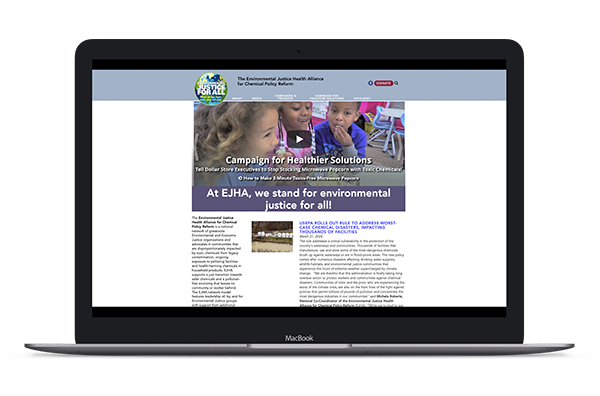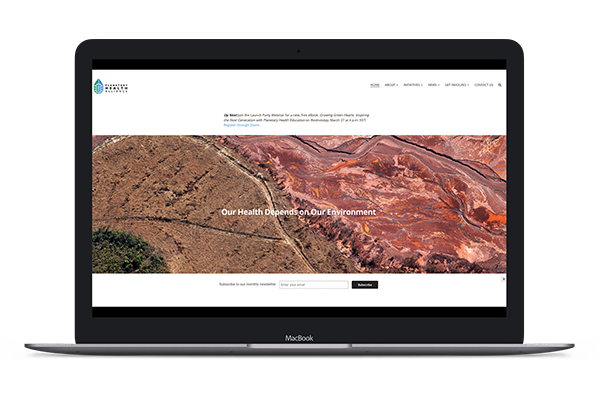 Policy Brief + Recommendations
Policy Brief + Recommendations
Habitable’s policy brief, “Buildings’ Hidden Plastic Problem,” reveals stunning statistics about current and projected plastic use in buildings and includes recommendations to reduce plastic pollution—greenhouse gases (GHGs), microplastics, and toxic chemicals—throughout product life cycles.
This policy brief presents highlights from the significant body of science indicating that plastic building materials are contributing to serious health and environmental harms over their life cycle, from fossil fuel extraction to production, use, and disposal. These impacts fall disproportionately on susceptible and marginalized people, including women, children, Indigenous people, low-income communities, and people of color. The brief includes examples of solutions and offers recommendations to strengthen policies that will reduce plastic use in the built environment and associated life cycle harms.
Endorsing organizations:
- Alliance of Nurses for Healthy Environments
- Alaska Community Action on Toxics
- American Sustainable Business Network
- Between the Waters
- Beyond Plastics
- Cannon Design
- Changing Materials/Changing Streams
- Children’s Environmental Health Network
- Cooper Carry
- Defend Our Health
- Earthjustice
- Ecology Center
- Green Science Policy Inst
- Healthy Babies Bright Futures
- Just Zero
- Little Things Matter
- Moms Clean Air Force
- MSR Design
- Planetary Health Alliance
- Plastic Free Future
- Plastic Pollution Coalition
- Safer States
- Science and Environmental Health Network
- Toxic Free Future
Interested in endorsing these policy recommendations? Contact us.
French—lire en français
Spanish—leer en español
English—read in english

This fact sheet highlights the building and construction sector’s significant contributions to global plastic pollution.
Using case studies of flooring products specified in the K-12, healthcare, and affordable housing sectors, the fact sheet introduces opportunities for building practitioners to reduce the plastic footprint of their buildings and emphasizes the impact that one building can make by specifying low/no-plastic products.
This episode featured Teresa McGrath, the Chief Research Officer for Habitable.
She digs into the environmental implications of paint components and offers scientific insights on sustainable alternatives. Some of her suggestions are even trending—popular wall treatments such as Limewash and Roman clay are healthier alternatives.


Habitable’s report, “Advancing Health and Equity through Better Building Products,” reveals the current state of building materials used, with nearly 70% of typical products in the categories analyzed containing or relying on the most hazardous chemicals.
The results, based on data for Minnesota affordable housing, are consistent with products used in other building types and geographic regions. The report highlights examples of leaders within and beyond Minnesota’s built environment who are already taking action toward safer material choices. It also provides guidance on how the real estate industry can begin working toward a healthier future by “stepping up from red-ranked products”—the most polluting and harmful throughout their life cycle based on Habitable’s research and Informed™ product guidance.
A path towards planetary health is more urgently needed now than ever, but our current materials economy creates rampant pollution, climate change, and growing inequity. Shifting from harmful practices to healthful solutions will require cross-sector partnerships, holistic thinking, and exciting new approaches that reduce the burden of industry on people and our planet.
Watch Habitable’s special Earth Month webinar featuring leading global voices, including:
- Dr. Bethanie Carney-Almroth
- Dr. Veena Singla
- Martha Lewis
Moderated by Gina Ciganik, CEO of Habitable
The Equitable and Just National Climate Platform is a collaborative effort between environmental justice and national environmental groups to develop inclusive and equitable national climate policy ideas and advocate for shared policy goals.

The Environmental Justice Health Alliance for Chemical Policy Reform is a national network of grassroots organizations advocating for safer chemicals and a pollution-free economy, focusing on communities disproportionately impacted by toxic chemicals and pollution.

The Planetary Health Alliance is a global consortium of over 400 organizations from 60+ countries dedicated to studying and addressing the effects of global environmental change on human health.

For over three decades, CEHN has been a leading advocate for evidence-based child-protective policy, preventive research, and education on children’s environmental health, collaborating with diverse stakeholders to promote a healthier future for children.

This podcast conversation explores the intersection of climate change and chemical pollution.
Highlighting opportunities to address both crises simultaneously while improving public health, equity, and economic vitality, featuring experts Dr. Elizabeth Sawin and Beverley Thorpe.

 Pollution
Pollution Health
Health Equity
Equity Climate Change
Climate Change